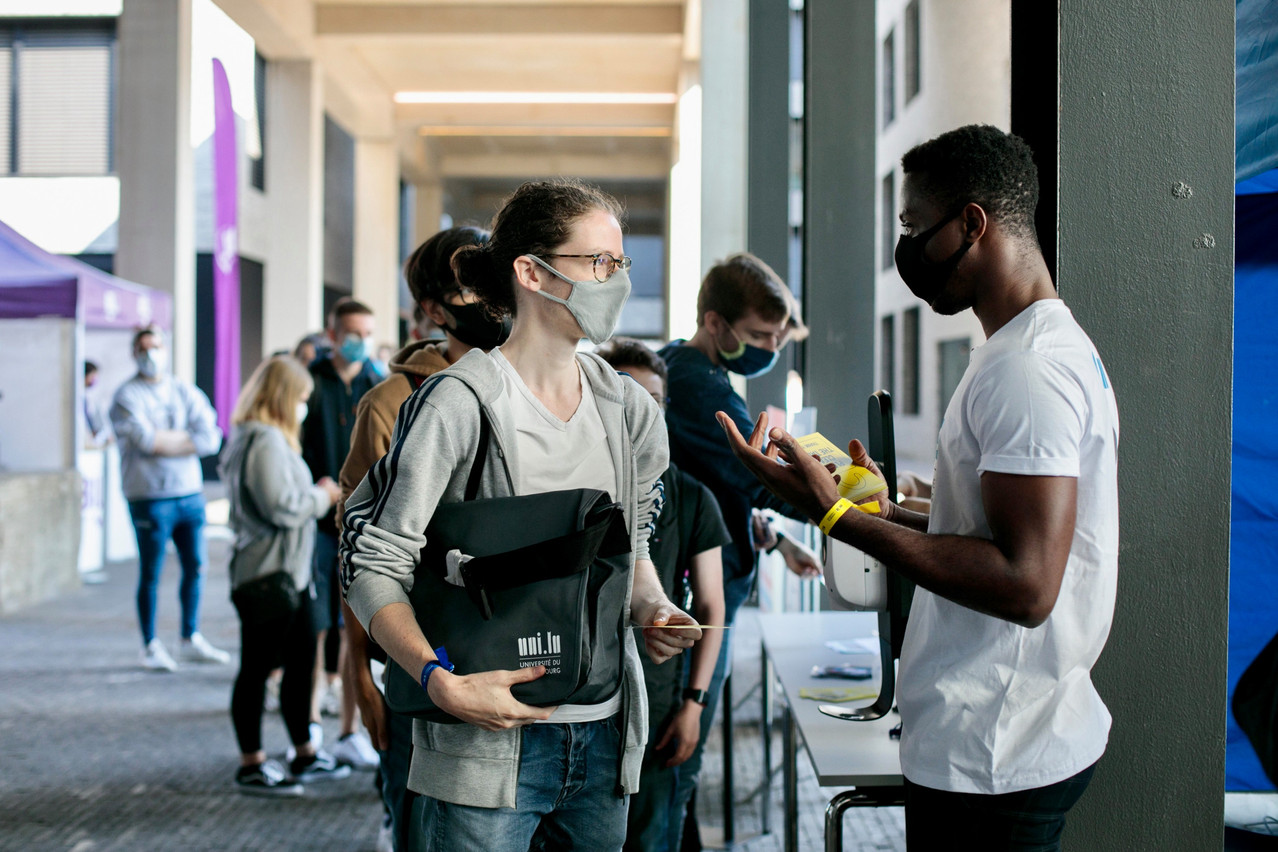This is the highest Neet rate recorded in Luxembourg since 2008.
The Neet rate is a crucial indicator of the economy’s wellbeing and the vulnerabilities of young people, such as unemployment and early school leaving. It represents the percentage of youth who are not engaged in employment, education or training, and a higher Neet rate can have adverse effects on the future prospects and earning potential of these individuals, ultimately leading to broader economic and social consequences. Additionally, being disconnected from education or employment can lead to social isolation and exclusion, negatively impacting mental health and wellbeing.
From an economic standpoint, the cost of supporting Neets can be significant in terms of welfare payments and additional social services. Therefore, the Neet rate provides essential insights into the economic, social and future prospects of young people, making it a crucial measure of the health of a society.
Gender bias
Historically, females in the EU have tended to have higher Neet rates than males, but in Luxembourg, the Neet rate for males has been higher in the last three years (2019-2021). Across the EU, only five countries have a higher Neet rate for males than for females. Notably, the proportion of young female Neets was at least 10 percentage points higher than that of males in the Czech Republic (12.5 percentage points higher) and in Romania (11.7 percentage points higher).
Nationality
Data indicates that non-EU citizens in Luxembourg, especially young females, were the most vulnerable in terms of withdrawal from both the labour market and education, with up to 24.1% being Neets in 2021, compared to only 7.6% among EU females and 6.6% for Luxembourgers. Similarly, non-EU males aged 15 to 29 recorded a higher Neet rate (18.3%) compared to their EU (10.4%) and Luxembourg (7.3%) peers.
EU target
In 2021, the Neet rates in the EU varied widely, ranging from the lowest rate of 5.7% in the Netherlands to the highest rate of 21.9% in Italy. The Neet rate is regarded as a vital indicator and is included in the EU headline indicators for achieving the UN’s Sustainable Development Goals 4 (quality education), 5 (gender equality) and 10 (reduced inequalities).
As part of these goals, the for the member states by 2030. Nine of the member states, including Luxembourg, were below this threshold in 2021, while the remaining member states will need to make significant progress to meet this target by 2030.
Speaking with Delano, a representative of the national youth service (Service national de la jeunesse, SNJ) stated “One of the tasks of the national youth service is to follow up young people who have left school early and to offer them alternatives to inactivity. We therefore observe and analyse the phenomenon of Neets in connection with school dropouts. Thus, we publish an annual report on school dropouts, the last one reporting on the school year 2020/2021; the dropout rate has not significantly increased in the last 5 years and is below the European benchmark. Boys are more likely to drop out than girls. The Ministry of Education, Children and Youth is nevertheless continuing its efforts to reduce the number of dropouts further, e.g. by diversifying the school offer and raising the compulsory school age from 16 to 18.”
However, regarding the Eurostat data, the representative cautioned, “As far as we know, Eurostat calculates the Neet rate on the basis of a survey conducted at a specific time of the year, without measuring how long young people are inactive. If it were, e.g. in August or September, we can imagine that many young people with a diploma are looking for a job or preparing for higher education and therefore to be considered as ‘temporary Neets.’ It is quite likely that the search for employment or higher education was more complicated in 2021, given the health measures in place.”
